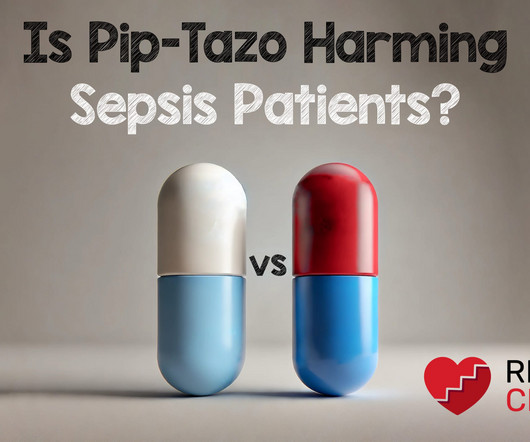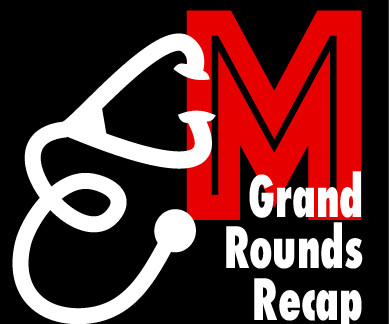Adjunctive Methylene Blue in Septic Shock?
RebelEM
MAY 29, 2023
septic shock). Limited, small studies on its use in septic shock do not make a clear argument for use. Early Adjunctive Methylene Blue in Patients with Septic Shock: A Randomized Controlled Trial. Background: Sepsis can induce numerous physiologic derangements. Paper: Ibarra-Estrada, M et al. Crit Care 2023. 95% CI 15.4






















Let's personalize your content